THE NAPOLEON ROAD
The Napoleon Road on Pelješac extends from Ston, south-east of Orebić and Viganj, to the north-west of the peninsula. This district route of the French roadway along the eastern coast of the Adriatic Sea is 61,364 metres long. The strategic importance of the Pelješac route was predestined by the completely inferior position of the French on the Adriatic, during which time their enemy, the English and Russians, governed. The route was constructed in stages, and continued so under Austrian rule during which all larger settlements on the peninsula were interlinked.
Under the French army, participation by the local inhabitants in carrying out the constructions was enforced. Hence there are noticeable differences in the construction methods and quality of the particular road sections. The French route on Pelješac is one of the rare remaining witnesses to the period in the Dubrovnik area.
The route was, for strategic reasons, situated so that it often traversed inaccessible mountainous sections, from where there are attractive views, providing a completely new experience of the area.
The Napoleon Road on Pelješac passes in direct proximity to 48 smaller known localities, all possessing exceptional historical significance, dating from the pre-historic period to the 19th century. Since the Napoleon Road passes along almost the complete length of the peninsula, many findings are unavoidably found on the route itself or in close proximity to it. In the region around Ston, there are a number of important early sacral monuments, amongst which are the Early Christian churches of St. Mary Magdelene and St. Michael’s.
Under the cliff peak separating the Ston Plains from Ponikve, is the Gudnja Cave, a pre-historic multi-layered site covering the period from the 6th century B.C. to the Bronze Age. The Ponikve Valley itself contains one of the most impressive concentrations of large pre-historic cemetery mounds and structures on the peninsula. Similar mounds and structures run further on towards the west along a large part of the route’s section.
Many karst peaks overlooking the route are crowned with picturesque medieval and later churches.
Finally, there is the Nakovana Cave, a multi-layered pre-historical settlement, continually inhabited from the 6th century B.C. to the end of the pre-historic period, when used by the local Illyrian inhabitants as a shrine.
Picture gallery 
Contact
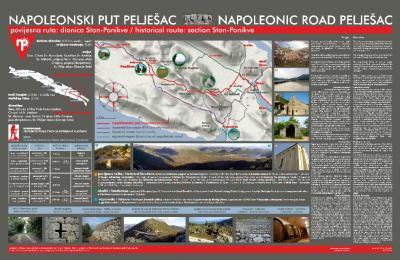
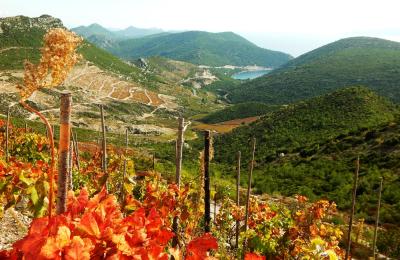
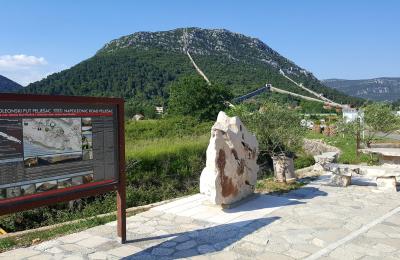
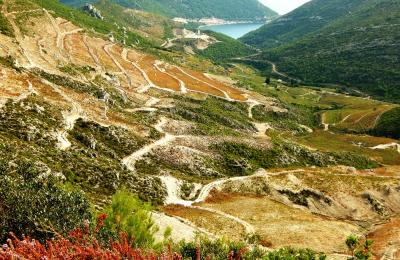
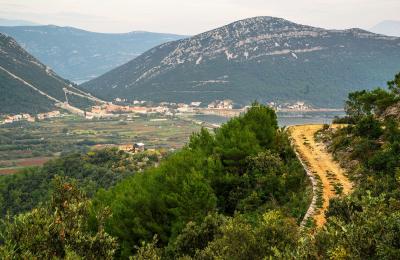
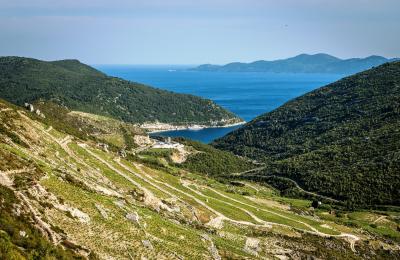
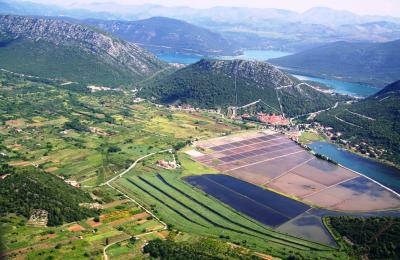
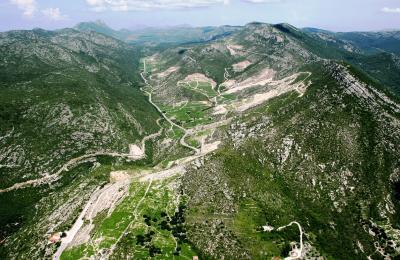

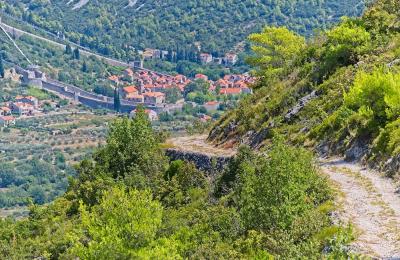
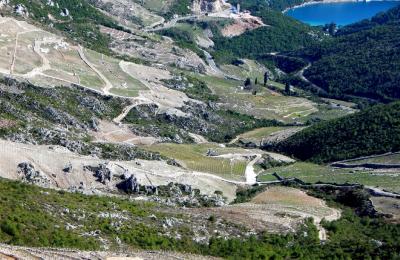
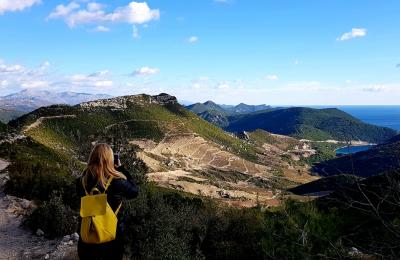
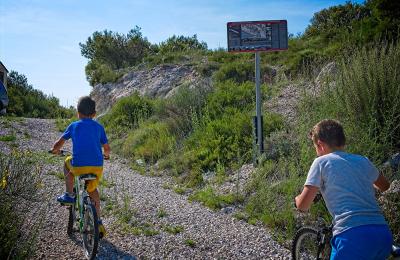
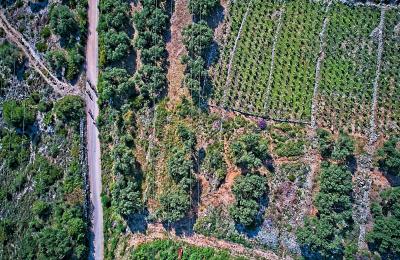
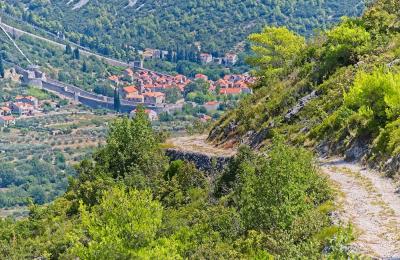
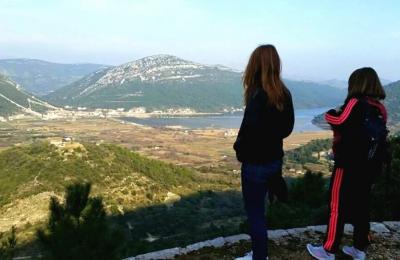
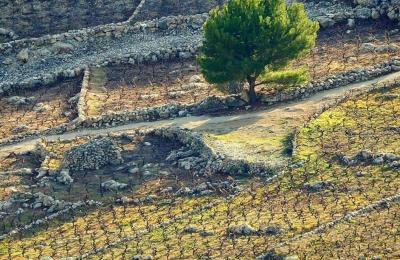
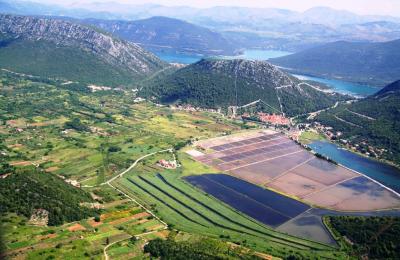
 Turistička zajednica općine Ston
Turistička zajednica općine Ston







 Povećaj font
Povećaj font Smanji font
Smanji font Crno bijelo
Crno bijelo Visoki kontrast
Visoki kontrast Negativni kontrast
Negativni kontrast Svjetla pozadina
Svjetla pozadina Podcrtane poveznice
Podcrtane poveznice